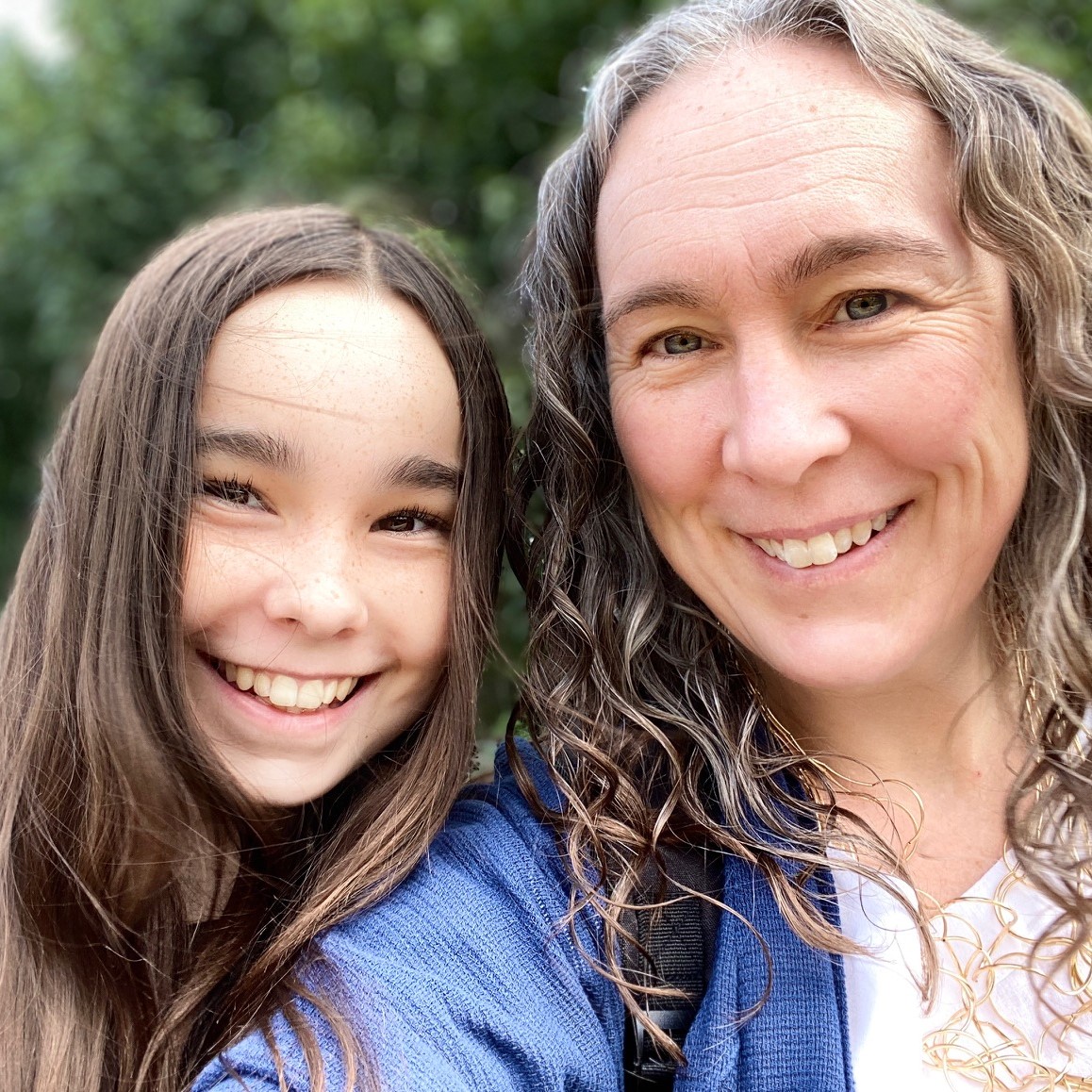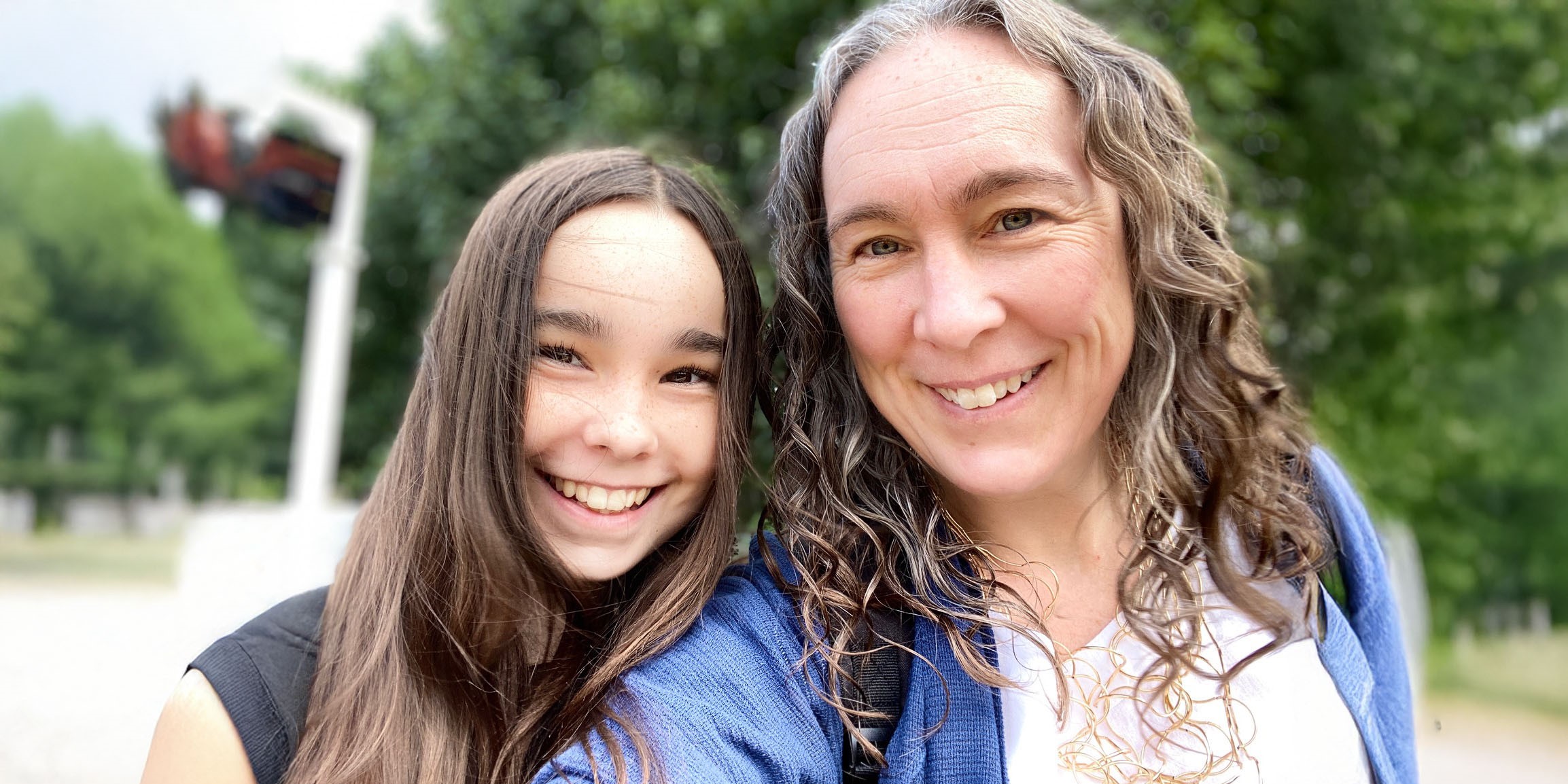My ARFID Recovery Journey
Marian’s Story
Emily is my second baby, and we used baby-led weaning with her in the early years. However, when she was 2, the foods she would eat became less varied, and she became quite fussy. As time went by, we tried many different strategies to encourage her to eat a more varied diet. We tried exploring new recipes, cooking together with her, shopping together to try new ingredients, amongst other strategies. Things didn’t improve, and she began to get frightened of new foods and would cry when asked to try different things.
Between the ages of 7-11, Emily would choke and gag when trying new foods. We ended up giving her plain carbs, sugar, and a few other items – basically whatever she would be willing to eat. It wasn’t worth the struggle of trying to introduce new foods. So consequently, her diet became very limited, restricted, and unbalanced. From age 10, she got even more specific about her food preferences – she would only eat one type of apple from the same shop, and the same applied to cheese and other foods.
We didn’t know what was going on and were waiting for her to grow out of it. Over lockdown, she put on a bit of weight, which became a concern for us. We had conversations about carbs and sugar in relation to diabetes and her health as an adult, and the penny dropped for Emily that her diet wasn’t balanced.
We had tried everything to help her. When Emily was 11, she read a book at school about a child with an eating disorder, and thought she had the same thing. She sent me a link about it. We knew Emily didn’t have anorexia or bulimia, but through research, Emily found information about ARFID (avoidant/restrictive food intake disorder) herself.
I used to be a primary school teacher in Derby, and First Steps ED was on my radar due to my work. I phoned them up, and they said we needed to go to our GP and explained that we needed a referral. We did this and were then offered both group and one-to-one support. I spoke to Joanna during the assessment call, and we asked if we could be part of both options. The one-to-one support was with Joanna, which turned out to be key. The group sessions weren’t as useful for Emily as the individual sessions – she was ready for one-to-one support. She knew she needed help.
Emily’s Story
I had 10 sessions in total, including one with a nutritionist. They were weekly at first, then monthly, and then we had email contact afterwards. It’s amazing to think about the transformation I’ve gone through – I now make my own breakfast and I’m constantly trying new things!
The approach was very step-by-step. Being accountable each week was massive for me. I had to try three foods a week, but this came with zero pressure – it was the gentlest approach possible. We started with trying new carbs. Joanna supported my mum on the sidelines when she was worried.
I enjoyed the sessions and found them really useful. A rating system for new foods, which they initially suggested didn’t work for me, so my mum invented my own system using scratch-and-sniff stickers. My mum had a special song that she would sing every time I tried something new, which made it fun.
I did what I’d been asked to do each week, and my confidence was boosted. I felt safe and supported throughout the process. Joanna found the key to helping me – she discovered that texture was crucial, and that I like crispy food – for example, I’m much happier eating raw vegetables than cooked ones. She spotted this early on in our sessions.
The fear about new foods has gone, and I feel like a different person. There are still some things I won’t try, but I’m a good way down the path to recovery, and I’m motivated to keep going.
Even though our sessions are finished, I know I can still email Joanna if I want to.


